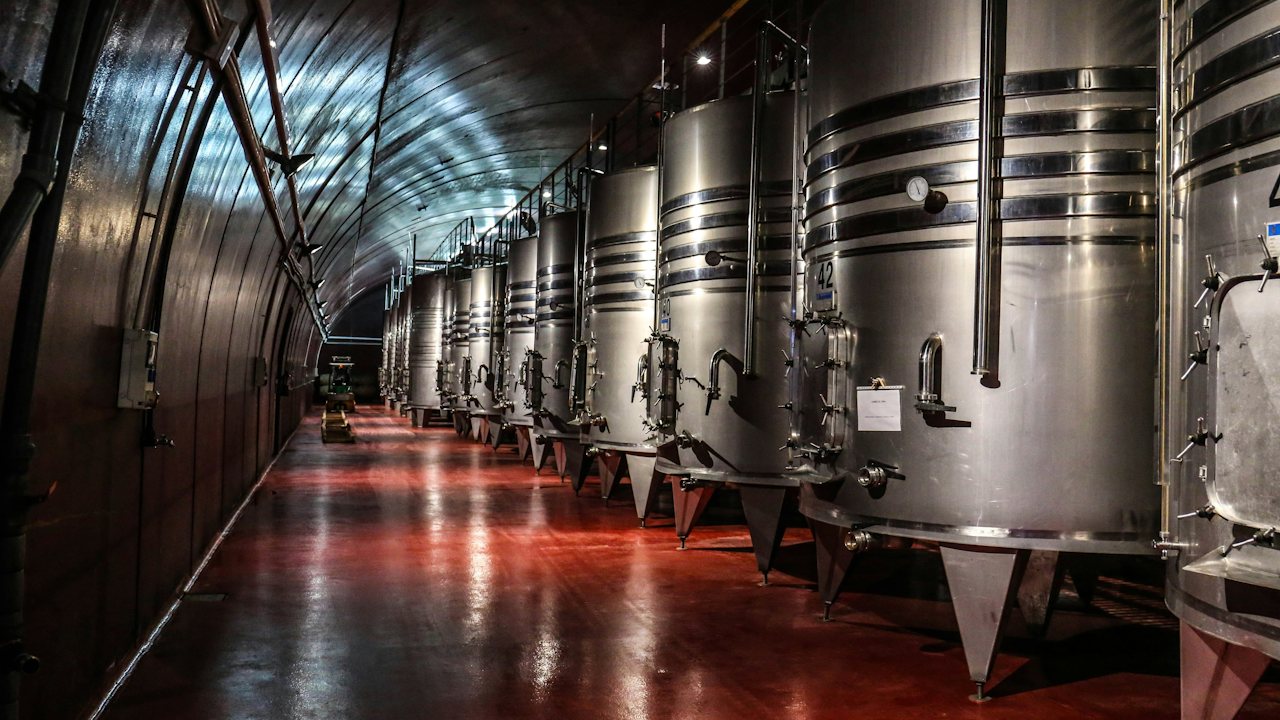Fermentation has long been a fundamental technique in global cuisines. Once a necessity for preservation, fermentation has evolved into a tool for chefs to develop deep, complex flavors that cannot be achieved through other cooking methods. The process involves the transformation of food through the activity of microorganisms such as bacteria, yeast, and mold. These microbes break down sugars and starches in food, creating new flavor compounds along the way. Today, fermentation is more than a science experiment in a jar. It has become a deliberate strategy for chefs seeking to elevate dishes, infuse depth, and offer diners something truly memorable.
At its core, fermentation creates complexity by producing layers of umami, acidity, and subtle bitterness. These flavors build upon one another to create a rich taste experience. Many of the world’s favorite ingredients owe their depth to fermentation: soy sauce, miso, kimchi, sourdough, cheese, and even chocolate. Chefs across cultures tap into these ingredients or create their own fermented elements to complement or transform their dishes.
One of the most common fermentation techniques used by chefs is lacto-fermentation. This method relies on lactic acid bacteria to convert sugars into lactic acid, which acts as a natural preservative and imparts a tangy flavor. Lacto-fermentation is central to the production of sauerkraut, kimchi, pickles, and hot sauces. When a chef lacto-ferments vegetables, they are not simply preserving produce. They are crafting a flavor profile that includes sourness, saltiness, and earthiness, all of which enhance the overall dish. For instance, lacto-fermented garlic or tomatoes can be blended into sauces to add richness without overwhelming the base flavors.
Yeast fermentation, another key method, is frequently used in baking and brewing. In bread making, wild yeast and lactic acid bacteria are responsible for the distinctive flavor of sourdough. The extended fermentation period not only improves digestibility but also brings out nutty, tangy, and slightly sweet notes. Some chefs experiment with local wild yeasts to create unique sourdoughs that reflect the terroir of their kitchen. Similarly, yeast fermentation is used to produce alcoholic beverages like beer, wine, and sake. Many modern chefs use these beverages in cooking, but some also produce their own house-fermented wines or kombuchas, incorporating them into sauces or reductions.
Mold-based fermentation is less common in home kitchens but is highly prized by professional chefs. This type of fermentation is crucial for creating certain cheeses, soy sauce, miso, and fermented bean pastes. Koji mold, for example, is a favorite in Japanese cuisine. Koji is cultivated on grains like rice or barley and breaks down starches and proteins into sugars and amino acids. The result is a profound umami character that chefs can use to boost flavor in broths, marinades, or as a base for innovative sauces. Some chefs have even experimented with applying koji to unconventional foods, such as aging steaks or curing vegetables, to intensify savory flavors.
Another area where chefs explore fermentation is in condiments and seasoning pastes. Fermented hot sauces, fish sauce, and fermented chili pastes like gochujang or harissa add not only heat but also layers of funk and savoriness. These elements can define a dish or serve as a subtle accent. Fermented condiments have a long shelf life and evolve over time, often developing more nuanced flavors the longer they age. Chefs may choose to ferment their own versions of these staples, customizing spice levels and flavor profiles to match their culinary vision.
Modern fermentation in professional kitchens is also about control and experimentation. With the right tools, chefs can create consistent, safe fermentations. Many restaurants now maintain fermentation labs or designated areas where temperature, humidity, and air quality are monitored. This environment allows for the precise development of flavors and reduces the risk of spoilage. It also opens up opportunities for innovation. Chefs might ferment uncommon ingredients like fruits, nuts, or animal products to see how their flavors change. Pineapple scrap vinegar, fermented mushroom stems, or dry-aged fermented butters are just a few examples of how creative chefs push boundaries.
Fermentation also aligns with sustainability efforts in the kitchen. By fermenting food scraps and underused ingredients, chefs reduce waste while creating high-value products. Carrot tops might be fermented into pesto, overripe fruit into vinegars, or leftover rice into rice-based koji. These transformations not only prevent waste but also provide new building blocks for flavor that would otherwise be discarded.
Finally, the cultural significance of fermentation cannot be ignored. Many chefs use fermentation as a bridge between tradition and innovation. By studying ancestral methods and recipes, they gain insights into regional flavor development and preservation. Applying these techniques in new contexts allows chefs to honor heritage while also creating something entirely original. The interplay between old and new makes fermented dishes resonate on multiple levels, both gustatory and emotional.
In conclusion, fermentation is one of the most powerful tools in a chef’s arsenal for building complex flavor. From preserving vegetables with tangy crunch to creating savory umami pastes and nuanced condiments, fermentation transforms the ordinary into the extraordinary. As diners continue to seek out bold and layered flavor experiences, the role of fermentation in professional kitchens will only expand. Chefs who embrace this ancient technique find themselves not only preserving the past but also shaping the future of food.

